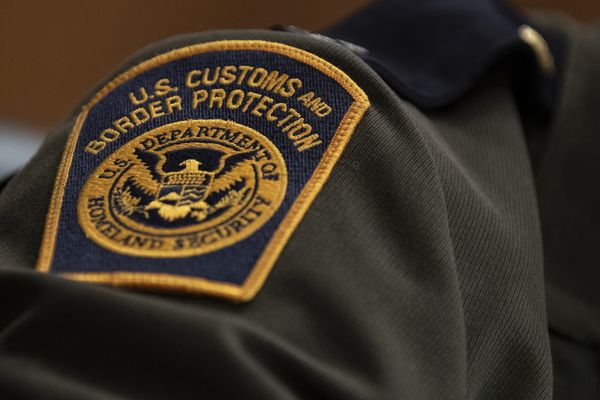
Australia’s wealth gap has continued to grow over the past two decades, with superannuation and property investment driving inequality across the country, a new report from the Australian Council of Social Service and the University of New South Wales has revealed.
Over the past two decades the average wealth of the top 20% has grown at four times the rate of the lowest, the report has shown using figures from the latest Australian Bureau of Statistics data in 2019.
Australia’s wealthiest 20% were worth an average of $3.2m in 2019 – six times the amount of the middle 20%, who were worth an average of $588,000, and 90 times that of the lowest 20%.
The wealthiest 5% were worth an average of $6.7m, holding one-third of the country’s wealth.
UNSW researcher Prof Carla Treloar said the report showed while income inequality has remained relatively steady, wealth inequality has increased over the past 20 years.
“We can reverse this trend through more affordable housing and a fairer tax and superannuation system,” Treloar said.
“Additionally, increasing income support payments permanently will reduce income inequality.”
Superannuation was the largest contributor to an overall increase in wealth over the two decades to 2019, with average contributions growing by 155% between 2003 and 2022 from $92,000 to $234,000.
The report showed most of Australia’s wealth is tied up in property. Contrary to the image of the “mum and dad” investor, 20% of the wealthiest Australians hold 82% of the value of all investment property and 78% of all shares and financial investments.
These forms of wealth deliver substantial capital gains each year to individuals with the highest incomes. In 2019, $29bn in taxable capital gains was received by the highest 20% of individual taxpayers by income.
The wealthiest 20% of Australians received 80% of their income from wages, which averaged $4,660 per week before tax, and 15% from investments which averaged $855 per week.
Those in the bottom 20% relied on an average of $419 each week in social security payments for 50% of their income and $318 per week in wages for another 38%.
The Acoss chief executive, Cassandra Goldie, joined other advocates in calling for the government to remove policies that spur wealth inequality.
“Left unchecked, growing wealth inequality threatens to exacerbate and entrench generational, spatial and social divisions in our community,” she said.
“Governments can reverse that tide by fixing inequities in our housing and superannuation policy that disproportionately benefit those with the most.”
Goldie said the government’s timely pandemic response and increase to social security payments reduced income inequality, but only temporarily.
“The pandemic response highlights the profound impact of government policy on income inequality in our society,” she said.
“Sadly, it was a story of two steps forward and two steps back when the increased payments were withdrawn and income inequality returned to close to pre-pandemic levels.”







